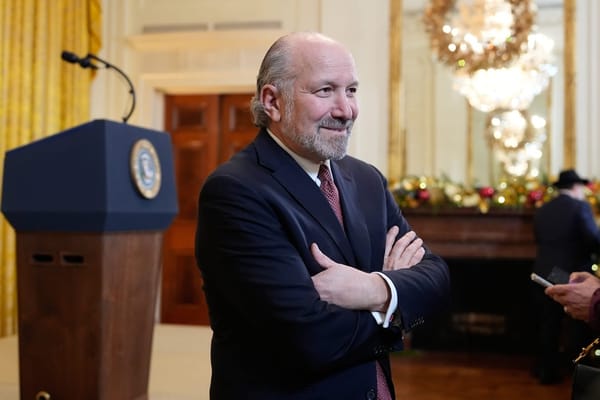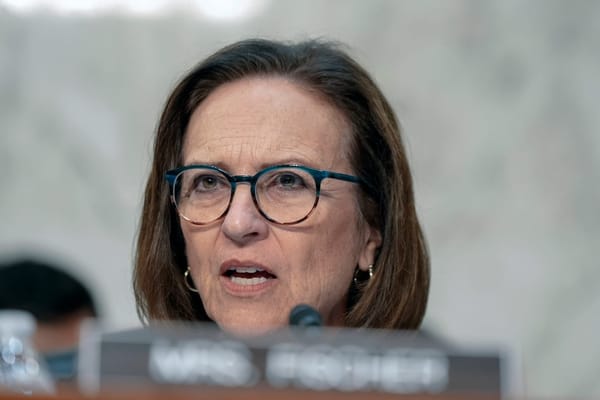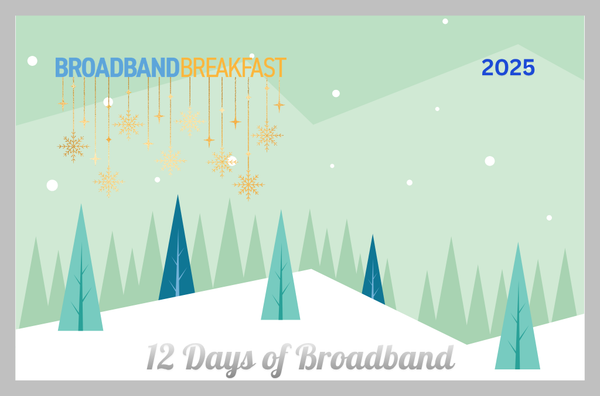ITIF Plan Would Drain Billions from USF to Fund New ACP
Group says the country needs to elevate affordability over availability
Blake Ledbetter

WASHINGTON, Jan. 15, 2025 – A new plan calls for sunsetting a major broadband deployment support program for rural America to fund a new program designed to make monthly broadband service affordable for millions of eligible households.
The Information Technology & Innovation Foundation released Monday a blueprint for revitalizing the Affordable Connectivity Program, which provided a $30 monthly discount on monthly broadband bills for low income. When the ACP ran out of money on May 31,2024, it was helping 23 million households.
The ITIF proposal – released by Director of Broadband and Spectrum Policy Joe Kane – was predicated on the belief that the availability was no longer causing digital divide issues, but rather the cost of service was the problem.
“The FCC reports that 99.98 percent of U.S. locations now have access to 100/20 Mbps broadband," Kane said. "By prioritizing affordability rather than deployment, the new [ACP] program can connect low-income households without new federal spending."
Kane’s approach would provide subsidized broadband at a rate of $30 per month to households at or below 135% of the federal poverty line or on their first three months of unemployment. This is an adjustment from the 200% threshold that the previous ACP provided.
Reducing the income threshold would cut annual ACP spending from about $8.6 billion to an estimated $5.3 billion per year.
The money for ITIF’s new ACP proposal would come by shutting down the USF’s $4.8 billion High Cost fund, the USDA’s $700 million ReConnect fund, and the $867 million Lifeline program, totaling over $6.3 billion in federal spending.
Kane believes these programs are unnecessary because they prioritize deployment over affordability.
“This plan is a compromise. It is substantially smaller than the old ACP, but it also is more likely to be sustainable and provide real help to households that need it most,” Kane said.
NTCA – the Rural Broadband Association — whose 850 members all receive High Cost Fund support — did not have an immediate comment on the ITIF plan.









Member discussion